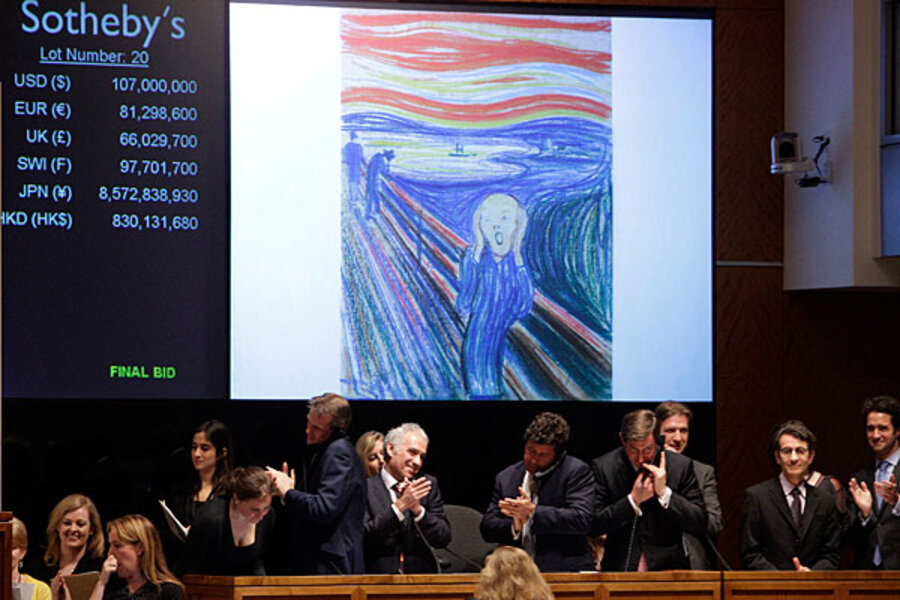How Sotheby’s discovered a $10.8 million forgery of a Dutch artist
Loading...
Art house Sotheby's says it has reimbursed the buyer of "An Unknown Man," a painting believed to be by Dutch master Frans Hals, for the full $10.8 million after tests revealed that the work was a forgery.
The art house's doubts over its authenticity stemmed from a Paris judge's decision in March to order the seizure of "Venus," a painting attributed to Lucas Cranach the Elder and dated to 1532, from an exhibition in Aix-en-Provence. That painting, Sotheby's determined, came from the same source as the supposed Hals painting. And the forger is believed to behind a third painting, attributed to Italian master Orazio Gentileschi, that had been on display at London’s National Gallery until March of this year, according to the BBC.
That the Hals managed to slip past the discerning eye of experts may be a testament not only to the forger's mastery – art historian Bendor Grosvenor told the Financial Times that he believed it was "the best ever" – but also to the vulnerability of the market for pieces by old masters.
"In this case a number of [expert analysts] have been proven to have got it completely wrong," Mr. Grosvenor told the paper. "That will obviously have profound ramifications for not only the Old Master market but the Old Master world itself."
It also illustrates the importance of increasingly sophisticated forensic science in art historians' attempts to distinguish real from fake. After suspicions emerged about the Hals' authenticity, Sotheby's concluded that it was a fraud after carrying out a pigmentation test – a term that encompasses a wide range of techniques, though the idea behind them is similar: by analyzing the composition of the materials used in the body of the painting, and sometimes the method of their application, experts can figure out whether they correspond to the date of the work itself.
One technique, developed in 2008 by Russian scientists, tests for the presence of two radioactive isotopes released during the bombings in Hiroshima and Nagasaki. Afterward, the scientists say, the isotopes permeated soil and plant life, ending up in all post-1945 paintings through natural oils used as binding agents, according to a 2013 paper by chemist Jehane Ragai. Gamma-ray spectroscopy techniques could pick up on their presence in the artwork, dating it to before or after the bombs were dropped.
In 2007, The Christian Science Monitor reported on Cornell University computer scientist Richard Johnson's efforts to apply a mathematical process to the science of verification:
By analyzing a database of 101 paintings by the artist and his known imitators, the scientists have arrived at what they say are key elements of Van Gogh's "visual signature," which can be distilled into numbers. This, they say, will give art experts an important new tool to assess works like "Vase With Fifteen Sunflowers." They can compare how closely a disputed painting's visual signature matches the baseline "signature" derived from the database.... The approach Johnson's teams are using, dubbed "stylometry," isn't limited to visual art. Scientists are also using statistical formulas to determine the authorship of letters, literary texts, and even musical compositions.
That doesn't mean that curators and art historians are out of a job, noted the Wall Street Journal in February. Chemists might know about the science of the tools, but it usually takes art specialists to draw conclusions from the results.
"The tests are almost never going to prove a positive [attribution]," said Sharon Flescher, an art historian and executive director of the International Foundation for Art Research, in an interview with the Journal. "It's not as cut and dried as people think."









